Tag: Ord (Edward O.C.)
 Wikipedia says: Edward Otho Cresap Ord (October 18, 1818 – July 22, 1883) was an American engineer and United States Army officer who saw action in the Seminole War, the Indian Wars, and the American Civil War. He commanded an army during the final days of the Civil War, and was instrumental in forcing the surrender of Confederate General Robert E. Lee. He also designed Fort Sam Houston. He died in Havana, Cuba of yellow fever.
Wikipedia says: Edward Otho Cresap Ord (October 18, 1818 – July 22, 1883) was an American engineer and United States Army officer who saw action in the Seminole War, the Indian Wars, and the American Civil War. He commanded an army during the final days of the Civil War, and was instrumental in forcing the surrender of Confederate General Robert E. Lee. He also designed Fort Sam Houston. He died in Havana, Cuba of yellow fever.
…At the outbreak of the Civil War in April 1861, Ord was serving as Captain of Battery C, 3rd U.S. Artillery, and also as post commander at the U.S. Army’s Fort Vancouver in Washington Territory. On May 7, 1861, Ord led two companies of the 3rd Artillery from Fort Vancouver to San Francisco. After relocating to the east, Ord’s first assignment was as a brigade commander in the Pennsylvania Reserves. In this capacity, he figured prominently in the Battle of Dranesville in the fall of 1861.
On May 3, 1862, Ord was promoted to the rank of major general of volunteers and, after briefly serving in the Department of the Rappahannock, was assigned command of the 2nd Division of the Army of the Tennessee. Maj. Gen. Ulysses S. Grant sent Ord with a detachment of two divisions along with Maj. Gen. William S. Rosecrans’s forces to intercept Sterling Price at the town of Iuka. Due to a possible acoustic shadow Ord’s forces were never engaged and Rosecrans fought alone. Ord likewise missed the fighting at Corinth but engaged the Confederate forces in their retreat at the Battle of Hatchie’s Bridge. There he was seriously wounded and had to leave field command only for a short time. When Grant relieved Maj. Gen. John A. McClernand from his command, Ord was conveniently situated to assume command of the XIII Corps during the final days of the Siege of Vicksburg.
After the fall of Vicksburg, Ord remained in command of the XIII Corps in the Department of the Gulf. In 1864, he was transferred back to the Eastern Theater to assume command of the XVIII Corps. His forces were present during the Battle of the Crater but did not actively participate in the fighting. In the fall of 1864 he was seriously wounded in the attack on Fort Harrison and did not return to action until January 1865.
In March 1865, during a prisoner exchange in Virginia, Ord spoke with Confederate General James Longstreet. During their conversation, the subject of peace talks came up. Ord suggested that a first step might be for Lee and Grant to have a meeting. General Longstreet carried this idea back to General Lee, who wrote to Grant about the possibility of a “military convention” in the interest of finding what Lee called “a satisfactory adjustment of the present unhappy difficulties”. Grant forwarded Lee’s proposal to President Abraham Lincoln, with a request for instructions. In the end, Lincoln directed Grant to decline all such offers unless it was for the explicit purpose of accepting the surrender of Lee’s army.
It was at this time, during the spring of 1865, that Ord’s career peaked. He was assigned command of the Army of the James during the Appomattox Campaign. Maj. Gen. John Gibbon’s corps of Ord’s army played a significant role in the breakthrough at Petersburg. On April 9, he led a forced march to Appomattox Court House to relieve Maj. Gen. Philip H. Sheridan’s cavalry and force Lee’s surrender. General Sherman said that he “had always understood that [Ord’s] skillful, hard march the night before was one of the chief causes of Lee’s surrender.”
General Ord was present at the McLean house when Lee surrendered, and is often pictured in paintings of this event. When the surrender ceremony was complete, Ord purchased as a souvenir, for $40, the marble-topped table at which Lee had sat. It now resides in the Chicago Historical Society’s Civil War Room.
After Abraham Lincoln’s assassination on April 14, 1865, many in the North, including Ulysses S. Grant, wanted strong retribution on the Southern states. Grant called upon Ord to find out if the assassination conspiracy extended beyond Washington, D.C. Ord’s investigation determined the Confederate government was not involved with the assassination plot. This helped greatly to quench the call for revenge on the former Confederate states and people.
Showing all 7 resultsSorted by latest
-
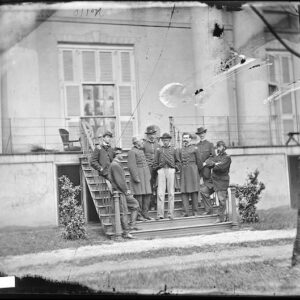
Image ID: ADDW
$4.99 -
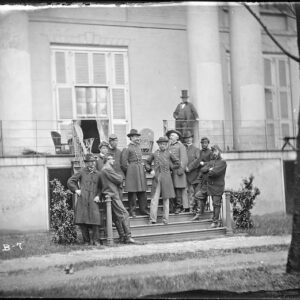
Image ID: AICR
$4.99 – $6.99 This product has multiple variants. The options may be chosen on the product page -
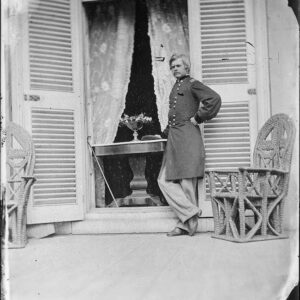
Image ID: ACMA
$4.99 -

Image ID: ACMB
$4.99 -
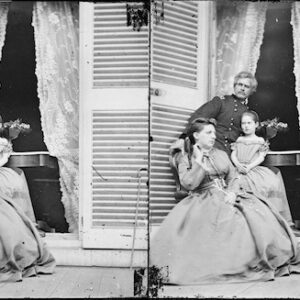
Image ID: ALKP
$6.99 -
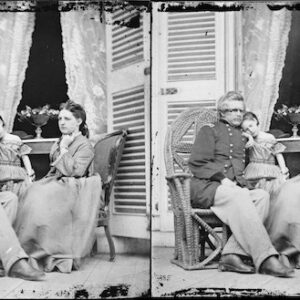
Image ID: ALKQ
$6.99 -

Image ID: ACNM
$6.99